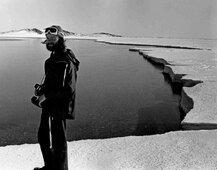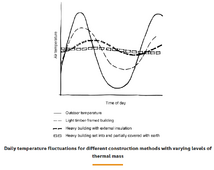Not sure where to find info, I've worked on site of 1 place.Please elaborate. Links?
It's called https://en.wikipedia.org/wiki/Adiabatic_process
There are many links not gonna read them all
This video had a chapter with it and is about air compression:
at 7:15 - 9:00 has good info too about the process
The cars in the video seem to have had prototypes for like 15 years but are still not really existing... so I'd ignore that part of the video if you're even interested in compressed air to begin with lmao
As far as I know all compressed air energy storage facilities are still basically experimental stage, pretty sure some are actually attached to grid though unlike experimental things like tokamak ITER in europe






